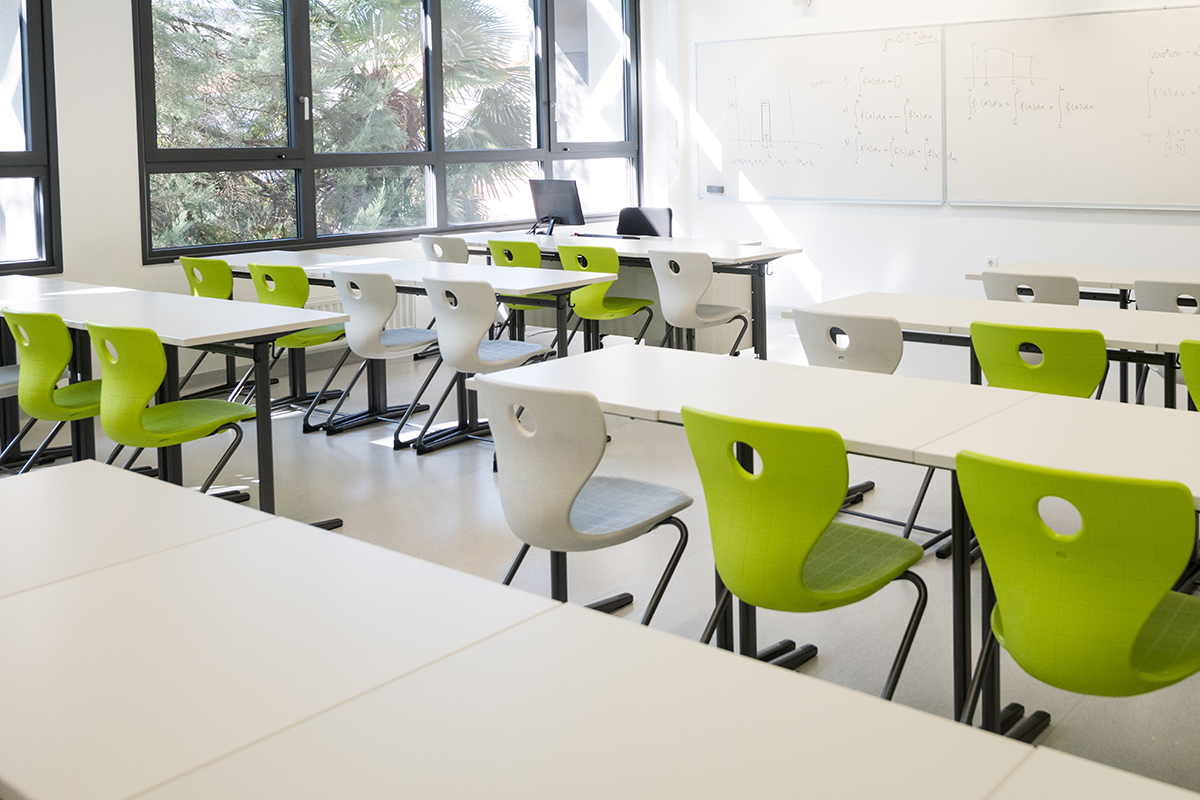View the county status map
“Safety is foundational and safety will ultimately make the determination of how we go about educating our kids as we move into the fall and we work our way through this pandemic,” Gov. Newsom said.
The California Department of Public Health’s new In-Person Learning Framework and updated Industry Guidance: Schools and School-Based Programs offer significant new direction for schools that are eligible and choose to reopen classrooms, including requirements for face coverings to be worn by children in grades 3-12 and reopening criteria, but consistent testing protocols for testing staff and students is not clearly addressed.
The new guidance for reopening campuses largely aligns regulations for K–12 education with those used for many other sectors and represents a shift away from local educational agency leaders, in consultation with local public health officials, determining when campuses should welcome back students and staff. However, when a county does come off the monitoring list, which requires, among other criteria, 14 consecutive days of a declining number of COVID-19 cases, local officials will still make the final call on if and when in-person instruction should resume.
Gov. Newsom said that while a significant number of large districts have already decided to start the school year with distance learning, and many more must do so as a result of the new guidelines, inequitable performance and access seen in the spring cannot repeat itself this fall. “Learning is non-negotiable … Schools must provide meaningful instruction during the pandemic, no matter what the form,” he said in outlining five key areas for the new school year.
The guidance notes that a waiver of the reopening criteria may be granted by the local health officer for elementary schools to open for in-person instruction, in consultation with the CDPH. Such a waiver may only be granted if one is requested by the superintendent in consultation with labor, parent and community organizations.
Masks required for students in grades 3-12, all staff; distancing relaxed
Gov. Newsom also delivered clear direction on the use of face coverings for students. The new guidance calls for students in kindergarten through second grade to be encouraged, but not required, to wear face coverings. Students in grades 3 through 12 are required to wear them; those who do not comply or do not have a valid exemption must be sent home. Schools are being asked to develop protocols to provide a face covering to students who inadvertently fail to bring one to campus to prevent unnecessary exclusions.
All staff must use face coverings in accordance with CDPH guidelines unless Cal/OSHA standards require respiratory protection. A face shield can be used in limited situations when a face covering cannot be worn for pedagogical or developmental reasons.
In its updated guidance, CDPH requires that all adults stay 6 feet from one another and 6 feet away from children, while students should maintain 6 feet of distance from one another as practicable.
When classrooms, schools and districts should close
For schools that will open the year with in-person instruction, or for those that will eventually migrate to the setting once local conditions allow, the guidance details when classrooms should be sent home and when schools and districts should close their doors:
- A classroom cohort should stop in-person instruction if there is a confirmed case within the cohort
- Schools should close when there are “multiple cases in multiple cohorts” or when the school has experienced a 5-percent positive testing rate of students and staff in a 14-day period, depending on a facility’s size and layout. The local health officer may also determine a school closure is warranted for reasons such as results from a public health investigation or local epidemiological data. Schools may reopen after 14 days and following cleaning and disinfection, a public health investigation and consultation with the local public health department.
- A superintendent should close an entire district if one in four schools have closed due to COVID-19 within 14 days, and in consultation with the local public health department; they may typically reopen after 14 days.
The state notes that it is “committed to supporting local health departments with resources and other technical assistance regarding school case, contact and outbreak investigations.”
Staff testing protocols and recommended frequency
The guidance also outlines the need for “periodic” testing of all staff members who may contact students or other staff when schools are open for any level of in-person instruction — including an increased level of testing in areas with rising community transmission, as lab testing capacity allows.
Listed examples of recommended frequency include testing all staff over two months, during which 25 percent of staff are tested every two weeks, or 50 percent every month to rotate testing of all staff over time.
The guidance framework document also includes an updated chart of the measures to be taken when a student, teacher or staff member has symptoms, has been in contact with someone infected or is diagnosed with COVID-19.





